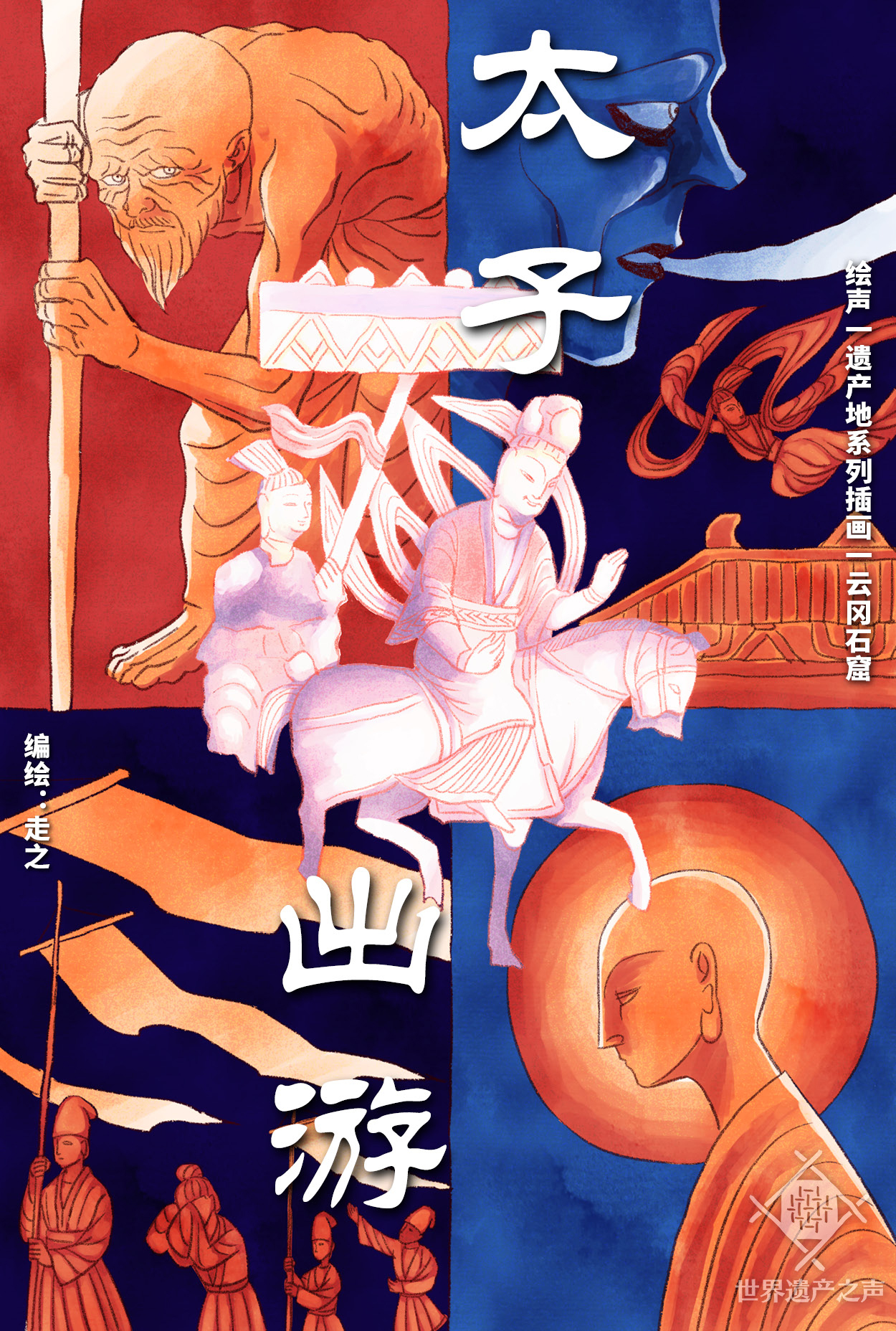
In the 6th century BC, India saw unprecedented ideological prosperity and the Shramana movement that profoundly influenced India’s cultural and ideological development. At that time, the 29-year-old prince of the Shakya clan Gautama Siddhartha abandoned the throne and decided to embark on the spiritual path in search of the Truth. He was later known as Sakyamuni. Buddhist texts say that Sakyamuni experienced eight major events in his life: 1) descent into and abode in the Tuṣita heaven; 2) entry into his mother's womb; 3) abode there visibly preaching to the devas; 4) birth from mother's side in Lumbinī; 5) leaving home as a hermit; 6) after six years' suffering attaining enlightenment; 7) rolling the Law-wheel, or preaching; and 8) entering nirvāṇa. Accordingly, Buddhist texts record such stories as a white elephant descending from heaven and entering the womb of Sakyamuni’s mother, Sakyamuni riding out of Kapilavatthu and journeying into the night, Sakyamuni convincing Mahakasyapa, and Sakyamuni preaching his first sermon in the Deer Park at Sarnath. Early Buddhist sculptures depicting these four stories are only found on the north gate of the Great Stupa at Sanchi, India and in Cave 6 at Yungang.






